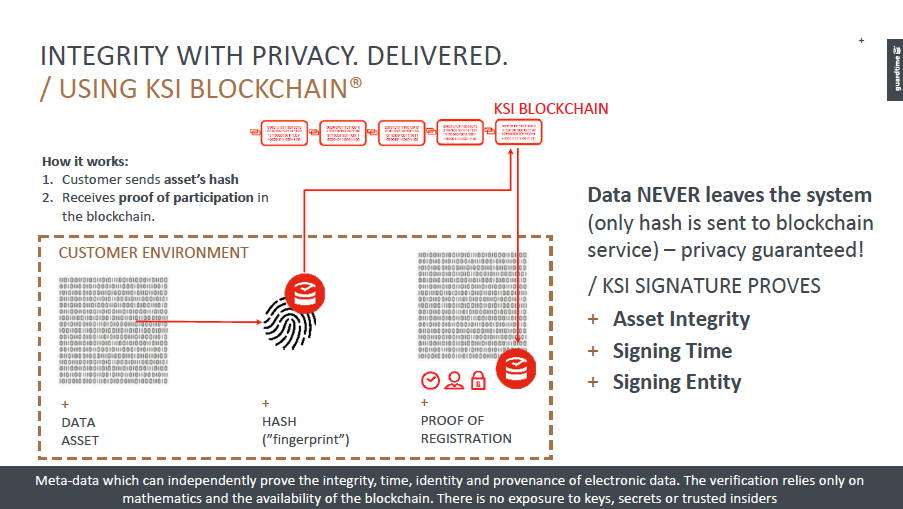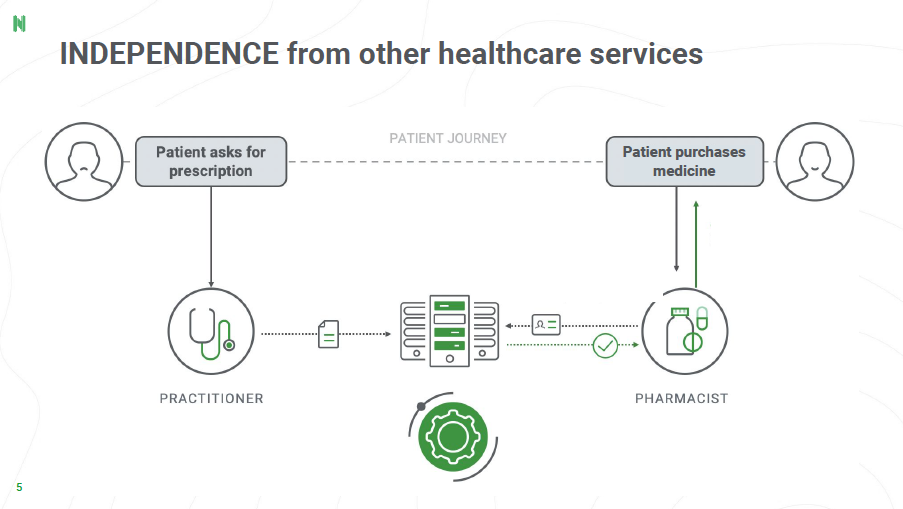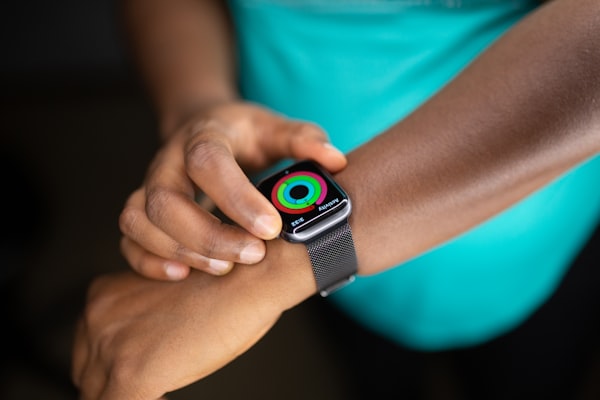Estonia’s Case for the Digital Health Capital of the World
Estonia offers an enormous amount of innovation and implementation in digital health. This issue tackles automation, blockchain, vaccines and prescriptions.

What do you associate Estonia with?
If I had asked myself this question before Wednesday, I wouldn’t know what to say. Or I’d probably say they’re just another Baltic EU country. After Wednesday, which was the date of E-Health in Estonia Digital Conference, I know what to say. They’re becoming the digital health capital of the world.
This time around I made sure my notes are more detailed and better, but still raw. However, instead of sharing the good old PDF file, I made a Notion page which is much more interactive and organised. Here’s the link, you have full reading access to it.
The story of their digital transformation starts in 2001 when they introduced X-road, which is a software that connects data from different organisations. Every organisation stores its data locally and doesn’t duplicate it. But it still needs to be accessed by others for the whole country to function. This is what X-road does. This is also essential for their healthcare. They’ve been building on this for the last 20 years.

An interesting approach in Estonia’s healthcare is that data belongs to and is accessible by the patient. In most countries, including Slovenia, the patient is the owner of the data but doesn’t have direct access to it. Thanks to their digital environment, Estonians have full control over and access to it. They can manage who has access to their data and at what level. This makes everything transparent and the patient accountable, which I find fair.
In 20 years, they managed to create a secure healthcare system that allows every Estonian to book a doctor’s appointment, manage their prescriptions and consult other doctors about their condition from their couch. An even more mind-blowing fact, they’re going full-speed towards personalised medicine, as 20% of Estonians’ genome is stored in biobanks.
An important area that they especially stressed is great user experience of digital services. This means simple to use and understand, but still secure and efficient. Of course, it took, courses for the elderly and many campaigns to explain this properly to the citizens, but it was worth it. Here are a few more facts about their healthcare from the presentation:

Figuring out COVID-19 vaccination
One of the most advanced areas of Estonian healthcare is their implementation of blockchain to secure file logs. I wrote about blockchain in healthcare extensively in issue #34.

One of the problems facing healthcare and many other sectors is to connect different data sources between each other. This is to some extent solved by X-road in Estonia as data will remain fragmented and it’s arguably better than having only one central database. However, the second problem that arises and that’s especially important in healthcare is to ensure that all parties have the same version of truth. Blockchain does exactly this, as it doesn’t store any data, but its integrity can be verified “indirectly”.
There are a couple of details to add, though. Estonians use something called KSI blockchain, which stands for “keyless signature infrastructure” blockchain. It works similarly to the description in issue #34. Data assets are used to generate a hash (think fingerprint), which is sent to the blockchain. Everyone that needs to verify the data has access to the blockchain and can verify the data indirectly.

It was mind-blowing to hear that this blockchain can be even used in courts in Estonia. This was presented in the case of healthcare, where some doctors lost their licenses because of unauthorised access to patient data, which was proved by blockchain.
There’s also an even more specific application of blockchain that’s being developed by Guardtime, an Estonian IT company. This is probably worth a standalone issue, but Guardtime together with WHO want to develop a “Smart Vaccination Certificate” and manage the enrolment of vaccination.
“The COVID-19 vaccination campaign will be the largest product launch in the history of mankind.” Suddenly, countries have to develop systems on how to distribute the vaccine and vaccinate all “eligible” citizens. About 10 companies will produce 10 billion doses of vaccine to the countries that are entitled to the doses at that time. This looks like a nightmare.
One of the solutions is called VaccineGuard. The presentation had some great visual graphics, so I’ll use them here. The Smart Vaccination Certificate” would include all the relevant information about the vaccinated person. This means the healthcare provider, patient ID, vaccine type and other relevant vaccination data. Additionally, a cryptographic seal would be added that ensures authenticity, process integrity and protects privacy.
It’s important to understand that no data is shared or stored on the blockchain - this is a bad idea. The only thing on the blockchain is the cryptographic seal. The cryptographic seal would be used to verify the certificate anywhere, without having to access a central database full of patient data. So elegant!

Simultaneously, this could also be a great help for distributing the vaccine. When an individual would be vaccinated, they will be issued the certificate. Meanwhile, statistical data about the vaccination (and without any patient data) would be made available to the government, which could monitor in real-time how the vaccination program is going. That same data would be also sent to the Pharma companies, which would allow them to monitor their supply chain and detect any counterfeits. This is of course modified according to the companies’ and government’s needs.

Automating a seamless healthcare
This section is composed of two parts: automating healthcare and making it seamless on the example of ePrescriptions.
Most hospitals have three main problems that Estonians wanted to solve:
- Inefficient use of expensive devices.
- Appointments are booked but patients don’t show up.
- Long patient waiting lists.
The solution was to make healthcare more digital and patient-centred.
Firstly, by having an online booking system, patients can choose a date, time and doctor they want to visit, not the other way around. I believe this makes patients feel in control (and they are) and takes the workload off medical staff, which is the goal. All of this can be done digitally, or in-person in the worst-case scenario.
Secondly, to ensure that patients show up on time and don’t forget about their appointment, they’re readily notified about it. For example, a given period before the visit they receive a text message, so they show up 100% or cancel.
Thirdly, to allow doctors to focus on patients, they are given a “smart selection of tools” to choose from on their computer. That means only relevant information and tools are available to ensure patient contact and less administrative workload.
This was done as a pilot program in the North Estonia Medical Centre and these are the results:

Lastly, the conference touched on the topic of ePrescriptions. I always thought that the most important step in digitalising health is to set up electronic records. That might be true, but the company Nortal argues ePrescriptions are the actual first and most important step to take in digitalising healthcare. Why? Because the investment is lower and it gives a starting point for developing other services on top of it. Now, the arguments may be biased because Nortal is building ePrescription services around the world, but it still makes sense.

To conclude, here’s also the recording of the event on Youtube:
I don’t have any wise closing remarks, but they were in the event, which I think sum up Estonia very well.
You can't digitalise everything today, but be daring.





